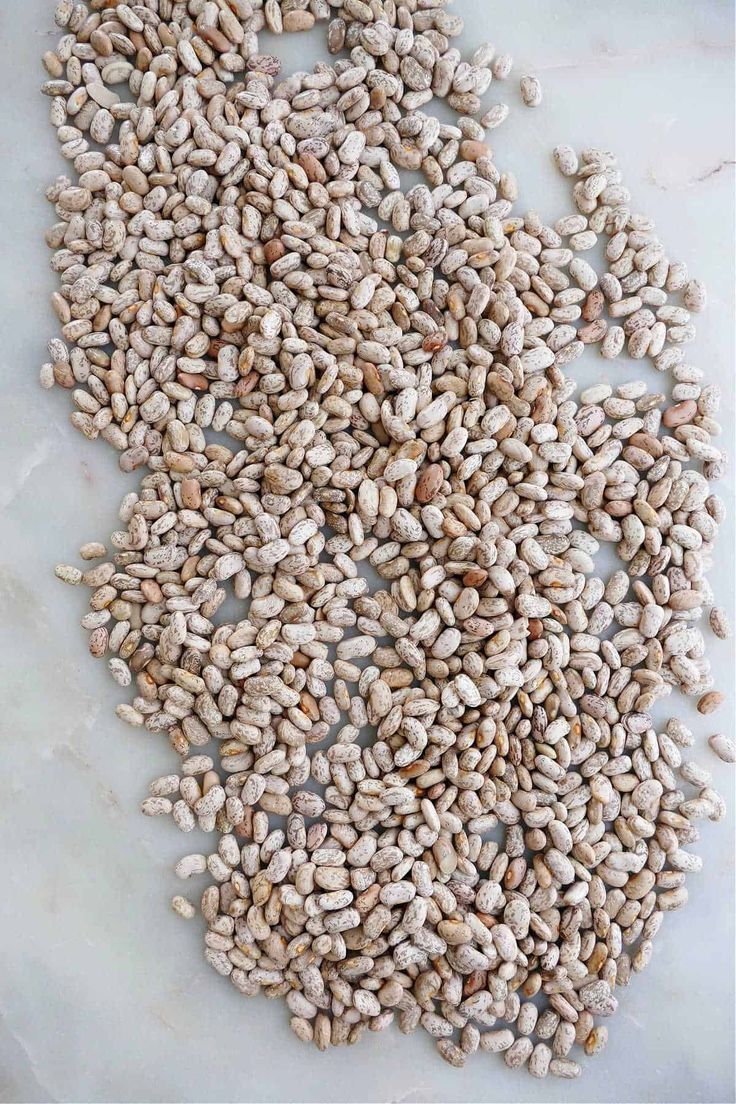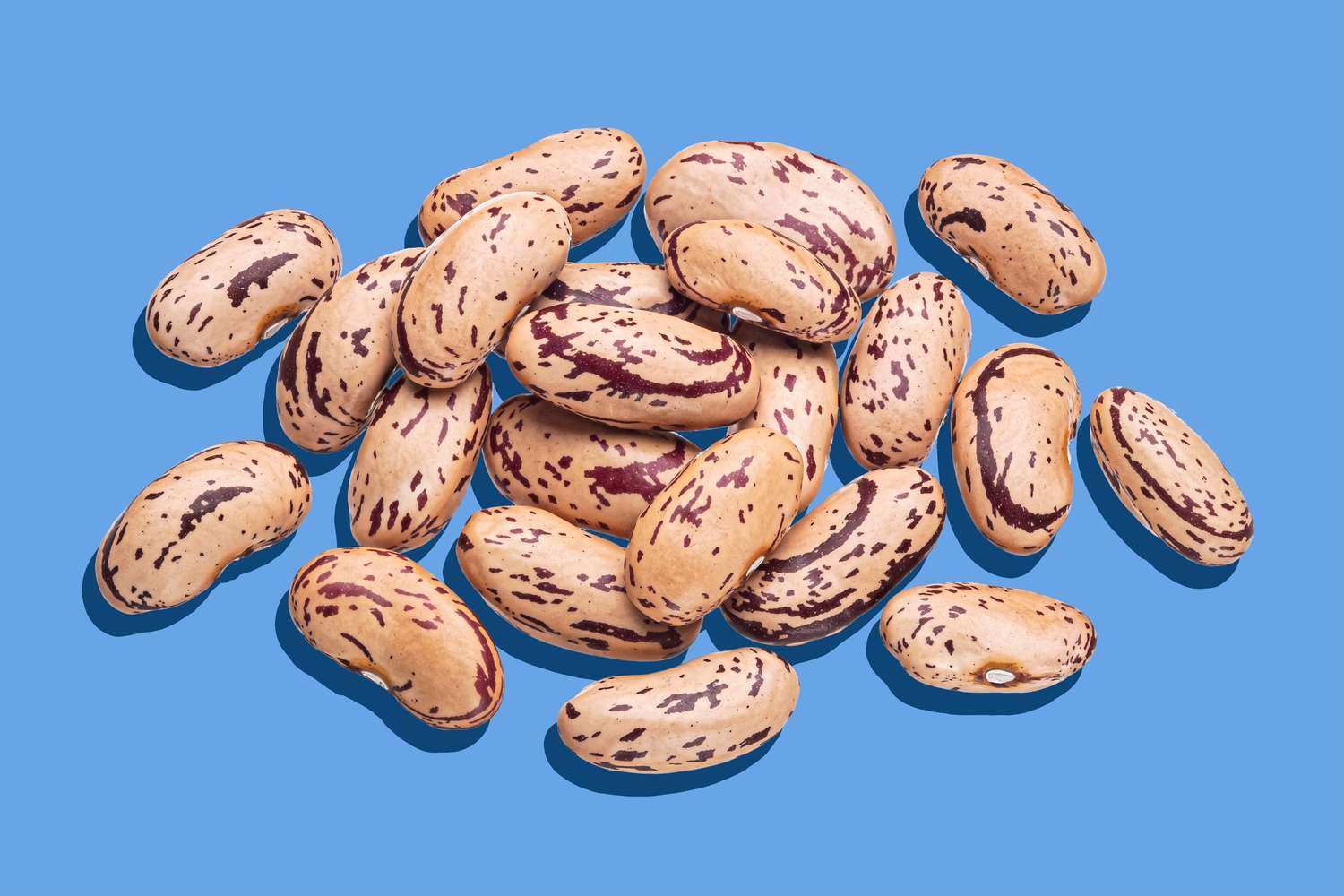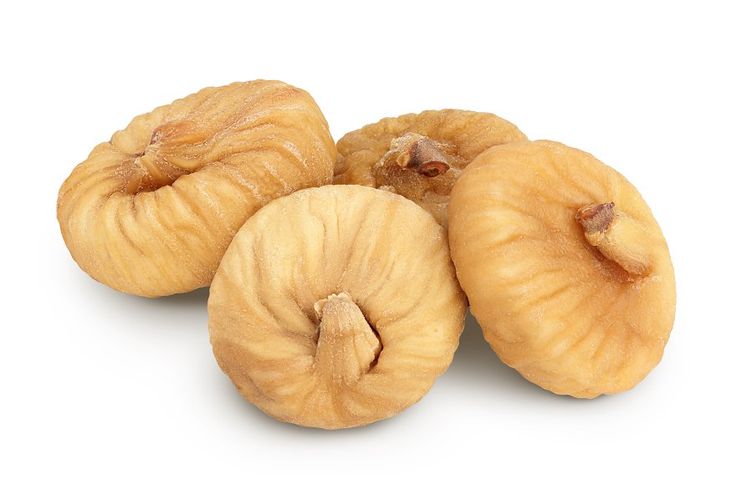Categories
The latest content
-

Customs Clearance & Import Regulations for Bulk Iranian Pinto Beans in EU, Middle East & Africa
..
-

Quality Control & Laboratory Testing Standards for Iranian Pinto Beans
..
-

Logistics & Shipping Solutions for Bulk Iranian Pinto Bean Exports
..
-

Minimum Order Quantity (MOQ) & Bulk Pricing for Iranian Pinto Bean Buyers
..

Tags
Logistics & Cold-Chain Shipping Solutions for Bulk Iranian Dried Fig Export

The export of Iranian dried figs requires more than just premium quality produce—it demands a strategic logistics and cold-chain shipping system to ensure that products maintain their freshness, flavor, and compliance throughout international transit. With global buyers becoming increasingly strict on food safety, quality control, and timely delivery, exporters must embrace advanced logistics solutions tailored to the unique requirements of dried figs.
In this guide, we explore the best logistics practices, cold-chain methods, and shipping solutions that guarantee smooth bulk export of Iranian dried figs to markets across Europe, the Middle East, Asia, and North America.
1. Why Cold-Chain Logistics Matters in Dried Fig Export?
Although dried figs are considered shelf-stable, they are still highly sensitive to:
• Temperature fluctuations → Excess heat can reduce shelf life and cause product hardening.
• Humidity levels → Moisture exposure may lead to mold, fermentation, or sugar crystallization.
• Transit duration → Long shipping times require protective packaging and controlled storage.
A cold-chain logistics system ensures that figs remain in optimal condition from farm to port to buyer’s warehouse.
2. Key Logistics Challenges in Iranian Dried Fig Export
Exporters must address several challenges to ensure successful shipments:
• Customs delays in major ports can extend transit times.
• Maritime shipping risks such as container condensation and cross-contamination.
• Packaging integrity to withstand long journeys and protect against external factors.
• Storage facilities requiring climate control, especially for large bulk consignments.
3. Best Cold-Chain Shipping Practices for Dried Figs
Controlled Storage Temperature
Maintaining figs at 5–10°C during storage and transit prevents quality degradation.
Modified Atmosphere Packaging (MAP)
Sealed packaging with reduced oxygen levels helps extend shelf life while preserving flavor and texture.
Moisture-Proof Containers
Using lined containers and pallet covers prevents water condensation, a common issue in sea freight.
Palletization & Containerization
Standardized pallets reduce handling damage and improve ventilation during shipping.
Reefer Containers
For long-distance sea freight, refrigerated containers (reefers) provide constant climate control.
4. Shipping Modes for Bulk Iranian Dried Figs
• Sea Freight → Most cost-effective for large volumes, especially to Europe and Asia. Requires reefer containers for humidity and temperature control.
• Air Freight → Fastest method, often used for urgent or premium shipments, though more expensive.
• Land Transport → Common in regional exports to neighboring countries like Turkey, Iraq, and UAE. Cold-chain trucks are widely used.
• Multimodal Transport → Combination of sea, land, and air for cost and time efficiency.
5. Global Importer Expectations
Buyers across regions expect:
• EU → Strict compliance with HACCP, ISO, and traceability regulations, including aflatoxin control.
• Middle East & Gulf → Flexible logistics, bulk shipments, and re-export hubs like Dubai and Jeddah.
• North America → Preference for organic-certified dried figs, shipped under FDA-compliant logistics.
• Asia-Pacific → Demand for small retail-ready packs shipped alongside bulk containers.
6. Role of Technology in Fig Export Logistics
Smart logistics solutions are revolutionizing dried fig exports:
• IoT Sensors → Real-time monitoring of temperature and humidity during transit.
• Blockchain Systems → Transparent tracking of origin, quality, and certifications.
• AI Route Optimization → Reduces shipping costs and ensures timely delivery.
7. Tamila Agrifood’s Logistics Advantage
At Tamila Agrifood, we understand that superior logistics are just as critical as product quality. Our tailored export solutions include:
• Certified cold storage and warehousing facilities.
• Partnerships with leading freight forwarders for sea, air, and land transport.
• Customized packaging for bulk buyers and retail distributors.
• End-to-end supply chain monitoring to ensure your shipment arrives on time and in perfect condition.
Final Thoughts
The global dried fig trade thrives on quality, reliability, and trust—and logistics is the bridge that connects Iranian farmers with international buyers. By investing in cold-chain shipping solutions, advanced packaging, and technology-driven logistics, exporters can meet global market demands while preserving the premium quality that Iranian dried figs are famous for.
Looking for a reliable logistics partner for your dried fig imports?
Contact Tamila Agrifood today and secure seamless, cold-chain-backed shipments tailored to your region’s requirements.
Email: tamilaagrifood@gmail.com
Call / WhatsApp: +989141858935



